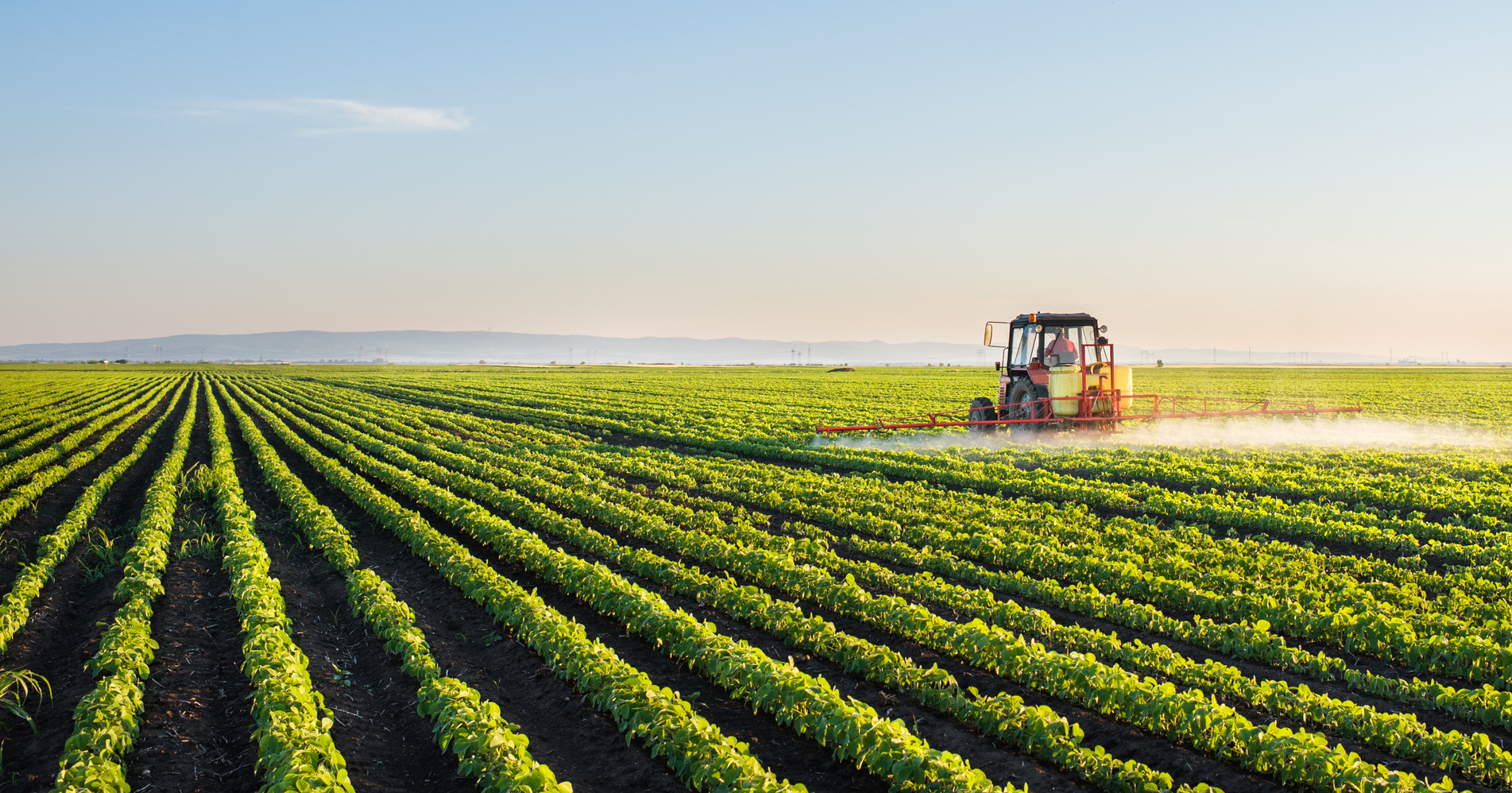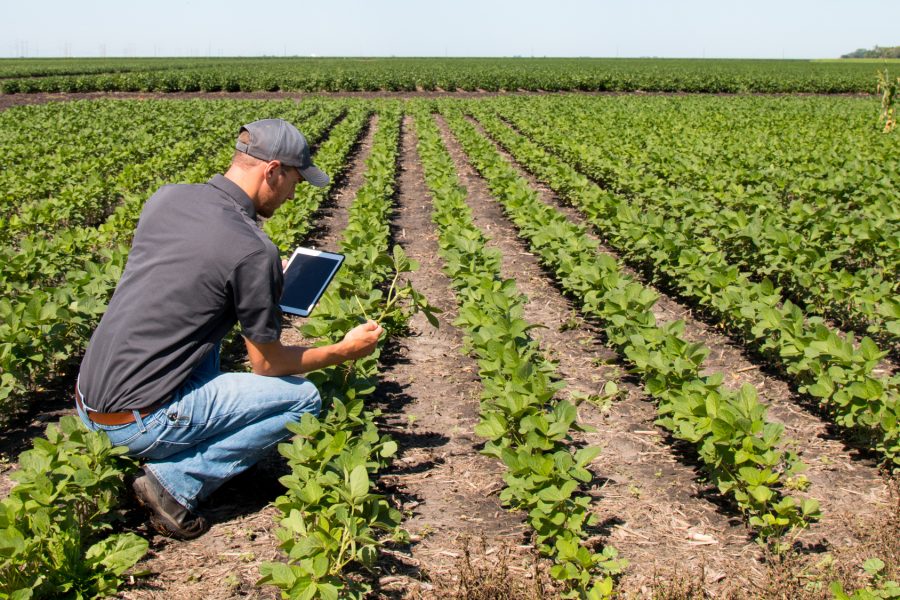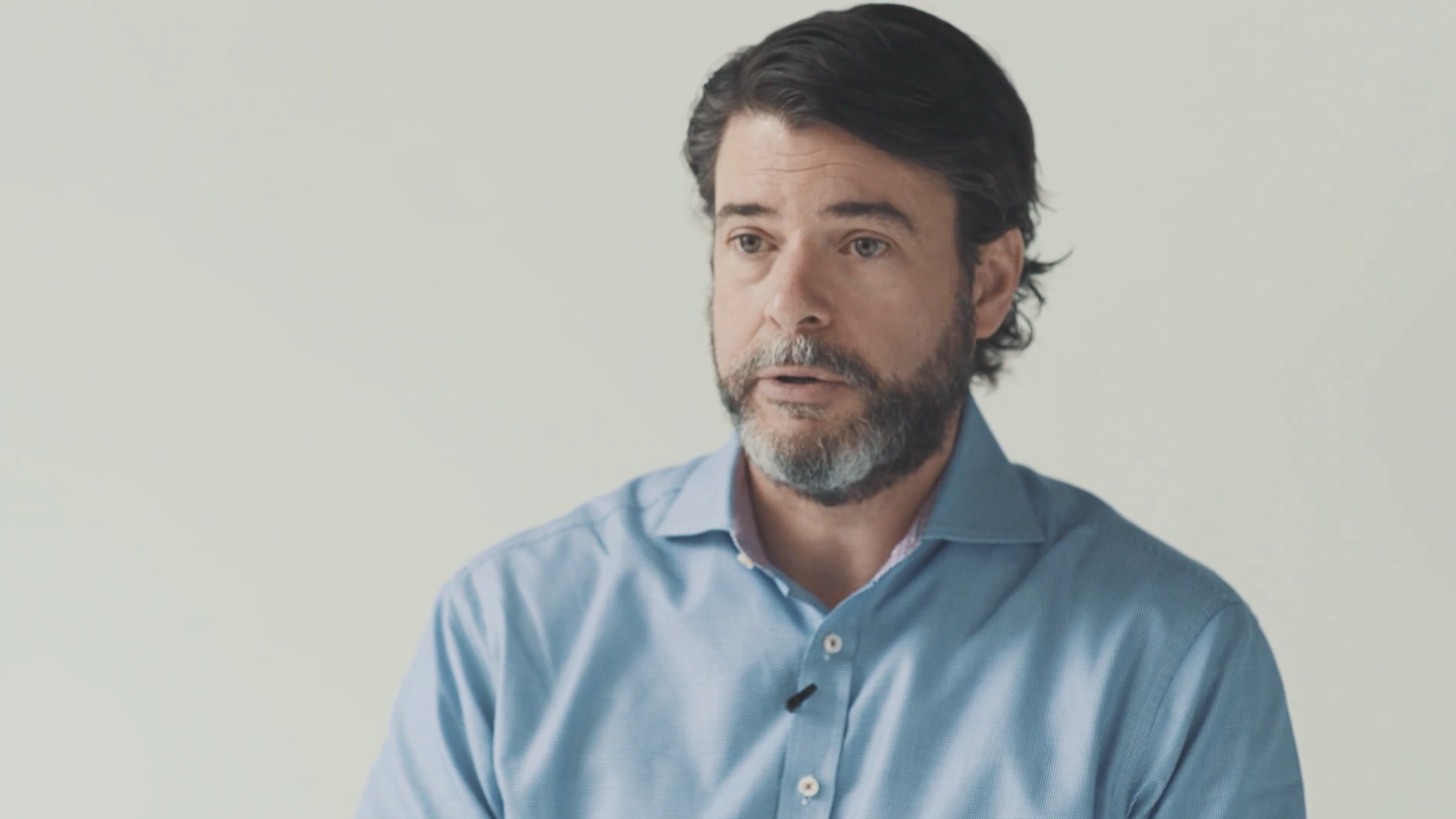It’s often the smallest things that make the biggest differences in our lives. Consider probiotics, for instance. Probiotics are living organisms—typically bacteria, yeasts and other microorganisms—that work in partnership with the human body to improve our health. Unlike bacteria that can cause disease, these are often called “good” or “helpful” bacteria because of the benefits they provide.
But the less obvious side of these microorganisms is the fact that they can be beneficial when used in agriculture as well. In fact, probiotics represent one of the largest opportunities in the ag market today.
Here’s what I mean.
We Need More Food: As the world’s population grows, it’s a simple fact that humanity is going to need more available food in order to survive. Some estimates suggest that we will need to double agricultural production by 2050 in order to keep pace with demand.
We Need to Conserve: Water is already a scarce resource and the overuse of fertilizer, pesticides, herbicides and fungicides is harming the environment. What’s more, the U.S. is currently losing soil 10x faster than the natural replenishment rate, reducing the amount of arable land and further exacerbating the environmental damage of modern ag practices.
We Want Quality: At the same time, demand for healthy, organic food is far outstripping available organic acreage leading to unsustainable price increases.
Genetically modified crops aren’t the solution — consumers have voiced widespread disapproval of GMOs — but probiotics are showing promise in addressing each of these challenges.
Holganix: A Better Way
The agricultural industry has been dependent on chemical fertilizers for so long that it’s easy to forget that there are other, more natural ways to maintain soil health. In fact, the “soil food web” is made up of a complex balance of many different organisms, including plants, animals and microorganisms that work together to maintain a healthy ecosystem. Without each part of this chain functioning as expected, the whole system suffers.
That’s why Holganix, based in Glen Mills, Pa., is working to create what it calls a “plant probiotic” that serves to replenish living, beneficial microorganisms and food sources to balance the soil ecosystem. Just like the probiotics that humans today take, Holganix’s solution naturally promotes plant health by replacing “bad” microorganisms with “good” alternatives, helping to build strong roots and healthier, more resilient plants and turf.
And it works, reducing the amount of water and other inputs that go into the field and, reducing soil erosion, while simultaneously enabling farmers to deliver higher quality, more nutrient-rich crops. It’s a huge opportunity now, and it will only expand going forward as food demand increases worldwide.
Learn more about Holganix and the science behind its plant probiotics here: http://www.holganix.com






